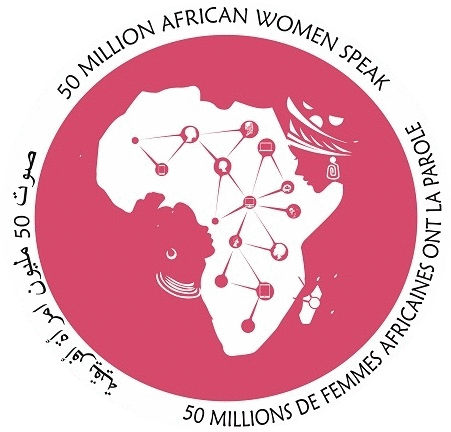Access to Land - Burkina Faso
- Burkina Faso
- Resources
- Business Services
- Access to Land
HOW TO GET ACCESS TO LAND IN BURKINA FASO
The DGFOMR is responsible for ensuring the implementation of the National Land Tenure Security Policy in Rural Areas in conjunction with the actors concerned and monitoring the effective application of the regulations on rural land. The national land tenure security policy in rural areas adopted in 2007 is the essential basis of land policy in rural areas in Burkina Faso.
Law n°055-2004/AN of December 21, 2004 on the general code of local authorities. ...
Law No. 034-2012/AN of July 2, 2012 on agrarian and land reorganization
Law No. 034-2009/AN of June 16, 2009 on rural land tenure
All these texts define the legal regime of land ownership in rural and/or urban areas (2012 RAF) in Burkina Faso.
Where to inquire:
Women entrepreneurs can learn about land from:
- town halls
- from the house of the company of Burkina Faso
- the Bagré growth pole;
- the DGFOMR;
- Projects, programs and NGOs with a land component (PACOF/GRN, PSAE, Konrad Adenauer Stiftung Foundation, etc.
Land use possibilities
Modes of access to land: the texts organize access without discrimination to men and women to land.
Modes and mechanism of access to land: traditional acquisition of land, purchase, rental (or farm lease), land loan, emphyteutic lease (lease of 18 years at least and 99 years at most), land loan, authorization for temporary land development, grants land to women, young people and migrants (vulnerable groups) by quotas for land developed by the State or local authorities (Article 75 of Law 034-2009).
Support in the start-up of activities .
The directorate (DLRSF/DGFOMR) responsible for disseminating the content of Law 034-2009 on rural land tenure organized information/awareness workshops for the benefit of stakeholders, including women.
The recruitment of theatrical troupes for the conception of a play and its performance in the form of forum theatre, at least twenty-seven thousand one hundred seventy-four (27,174) people affected, including ten thousand, seven hundred and fifty-one (1,075) women.





